Front-cover
Front-matter
Contents
Preface
Acknowledgments
Chapter 1. Introduction
Why Simulate?
About the SPICE Syntax Used in This Book
PSpice, SPICE 3, and Other SPICE Extensions
Chapter 2. SPICE Modeling of Magnetic Components
Introduction
Ideal Components in SPICE
Passive components
Transformers
PSpice Coupled Inductor Model
Reluctance and Physical Models
Saturable Core Modeling
SPICE 2 Compatible Core Model
How the Core Model Works
Calculating Core Parameters
Using and Testing the Saturable Core
SPICE 3 Compatible Core Model
Example 1—MPP core
Ferrite Cores
Example 2—Ferrite core
Constructing a Transformer
High-Frequency Winding Effects
Chapter 3. EMI Filter Design
Basic Requirements
EMI filter design flowchart
Defining the Negative Resistance
Example 1—Input resistance analysis
Defining the Harmonic Content
Example 2—.FOUR analysis
Example 3—Using the .STEP command to calculate harmonics
Example 4—EMI filter design
Damping Elements
Fourth-Order Filters
Inrush Current
MPP Inductors
Inrush Current Limiting
Chapter 4. Buck Topology Converters
Hysteretic Switching Regulator
Average (State Space) versus Switching Level Transient Models
Average Modeling Example
SG1524A Buck Regulator
Discontinuous Mode Simulation
An Improved Buck Subcircuit
Definition of terms
Governing equations
Adding Slope Compensation
Voltage Mode Control
Improved SG1524A Buck Regulator
Transient Model
Chapter 5. Flyback Converters
A Flyback Subcircuit
Defined terms
Governing equations
Audio Susceptibility
Feedforward Improvements
Flyback Transient Response
Simulating Regulation
Definitions
Time Domain Model
Adding Slope Compensation
Voltage Mode Control
Chapter 6. Low-Dropout Linear Regulator
Transient Response
Ripple Rejection
Control Loop Stability
Chapter 7. DC-to-AC Conversions
Using SPICE to Generate a Sine ROM
State Machine Modeling in XSPICE
Using the Sine Reference to Drive a Power Stage
Improving the sine-wave power circuit
Powering Nonlinear Loads
Three-Phase Sine Reference
An improved stepped waveform
Harmonic Neutralized Full-Bridge Inverter
Harmonic Neutralized Half-Bridge Inverter
PWM Inverter
Chapter 8. Power Factor Correction
Single-Phase Transformer Rectifier
Three-Phase Transformer Rectifier
Discontinuous Flyback Power Factor Corrector
Critical Conduction Power Factor Corrector
Boost Mode Power Factor Corrector
Chapter 9. Improving Simulation Performance
Building Circuit Models
Simplifying Your Models
Output Stage Complexity
.OPTIONS
State Machine Models
Hardware Considerations
Chapter 10. Solving Convergence and Other Simulation Problems
Simulation Convergence—Quick Fix
Repetitive or Switching Simulations
Simulation Convergence
General Discussion
DC Convergence Solutions
Transient Convergence Solutions
Modeling Tips
Suggested Readings
Index
A
B
C
D
E
F
G
H
I
J
L
M
N
O
P
R
S
T
U
V
W
X
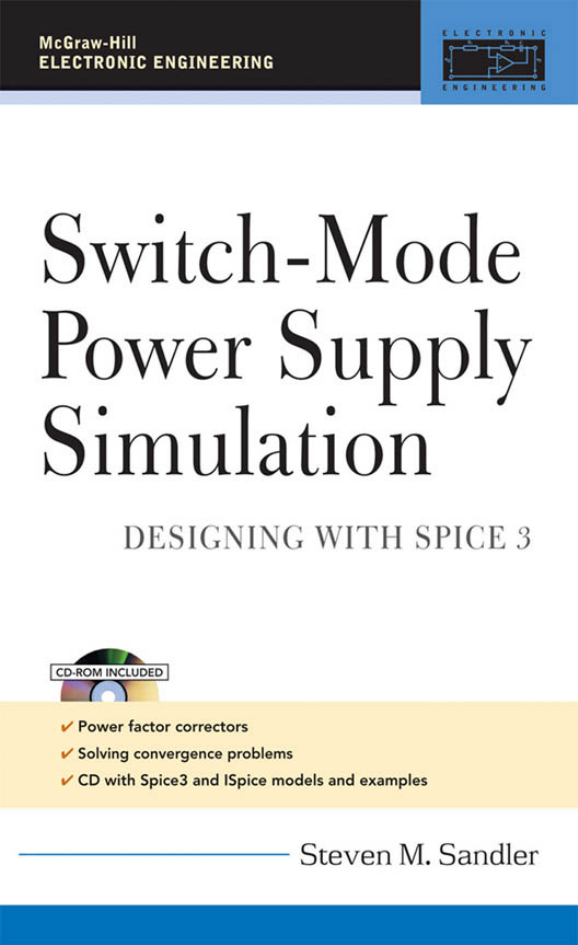

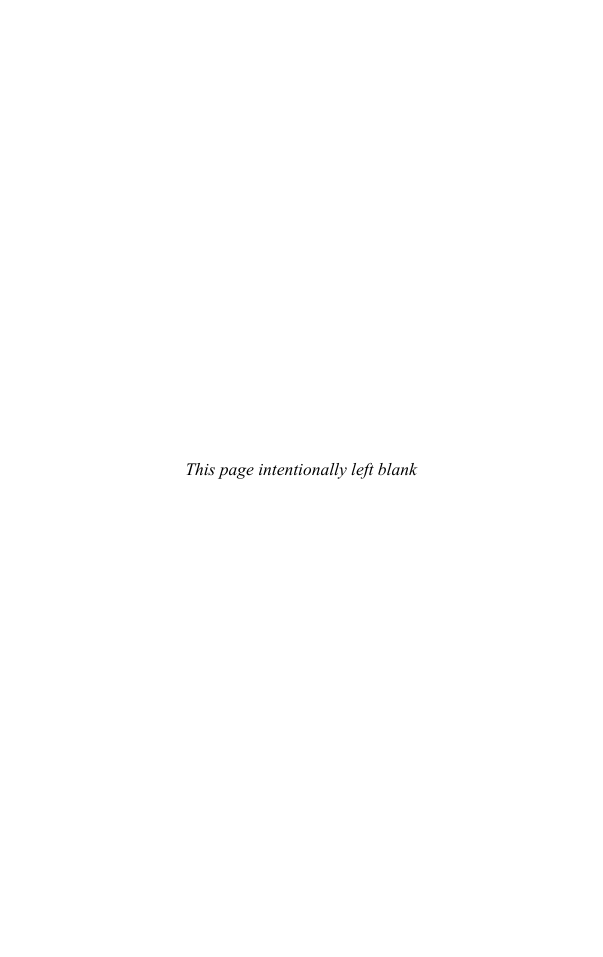
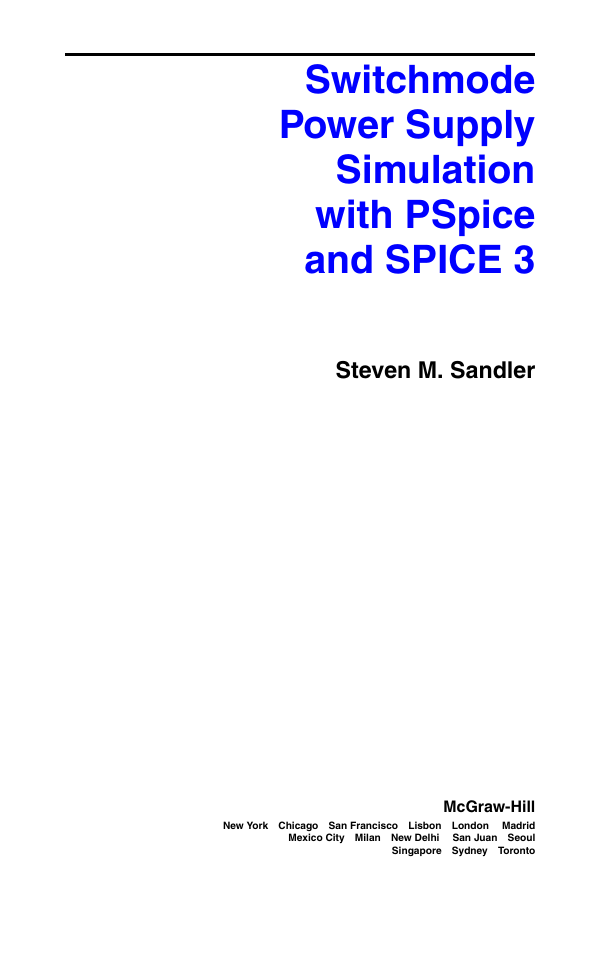

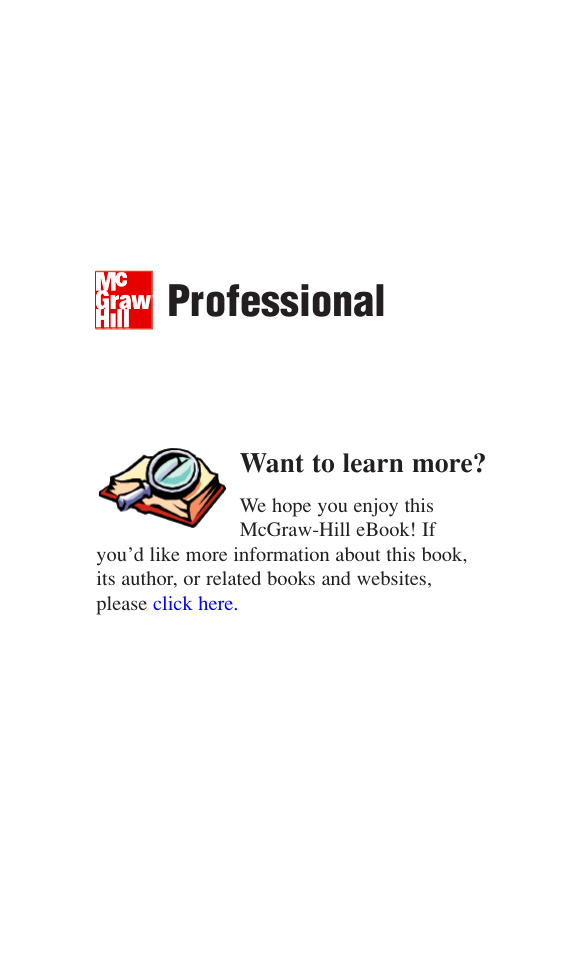

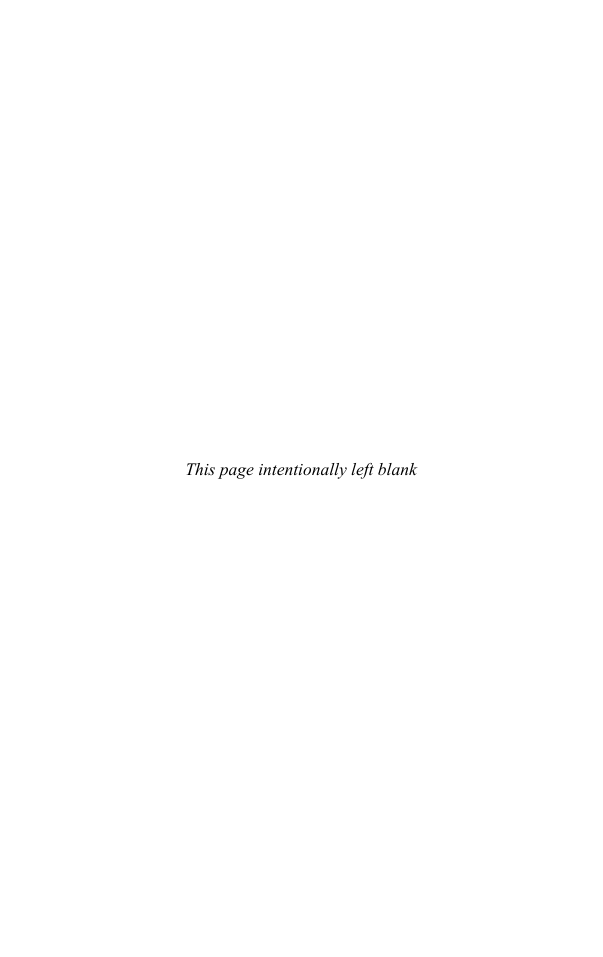








 2023年江西萍乡中考道德与法治真题及答案.doc
2023年江西萍乡中考道德与法治真题及答案.doc 2012年重庆南川中考生物真题及答案.doc
2012年重庆南川中考生物真题及答案.doc 2013年江西师范大学地理学综合及文艺理论基础考研真题.doc
2013年江西师范大学地理学综合及文艺理论基础考研真题.doc 2020年四川甘孜小升初语文真题及答案I卷.doc
2020年四川甘孜小升初语文真题及答案I卷.doc 2020年注册岩土工程师专业基础考试真题及答案.doc
2020年注册岩土工程师专业基础考试真题及答案.doc 2023-2024学年福建省厦门市九年级上学期数学月考试题及答案.doc
2023-2024学年福建省厦门市九年级上学期数学月考试题及答案.doc 2021-2022学年辽宁省沈阳市大东区九年级上学期语文期末试题及答案.doc
2021-2022学年辽宁省沈阳市大东区九年级上学期语文期末试题及答案.doc 2022-2023学年北京东城区初三第一学期物理期末试卷及答案.doc
2022-2023学年北京东城区初三第一学期物理期末试卷及答案.doc 2018上半年江西教师资格初中地理学科知识与教学能力真题及答案.doc
2018上半年江西教师资格初中地理学科知识与教学能力真题及答案.doc 2012年河北国家公务员申论考试真题及答案-省级.doc
2012年河北国家公务员申论考试真题及答案-省级.doc 2020-2021学年江苏省扬州市江都区邵樊片九年级上学期数学第一次质量检测试题及答案.doc
2020-2021学年江苏省扬州市江都区邵樊片九年级上学期数学第一次质量检测试题及答案.doc 2022下半年黑龙江教师资格证中学综合素质真题及答案.doc
2022下半年黑龙江教师资格证中学综合素质真题及答案.doc